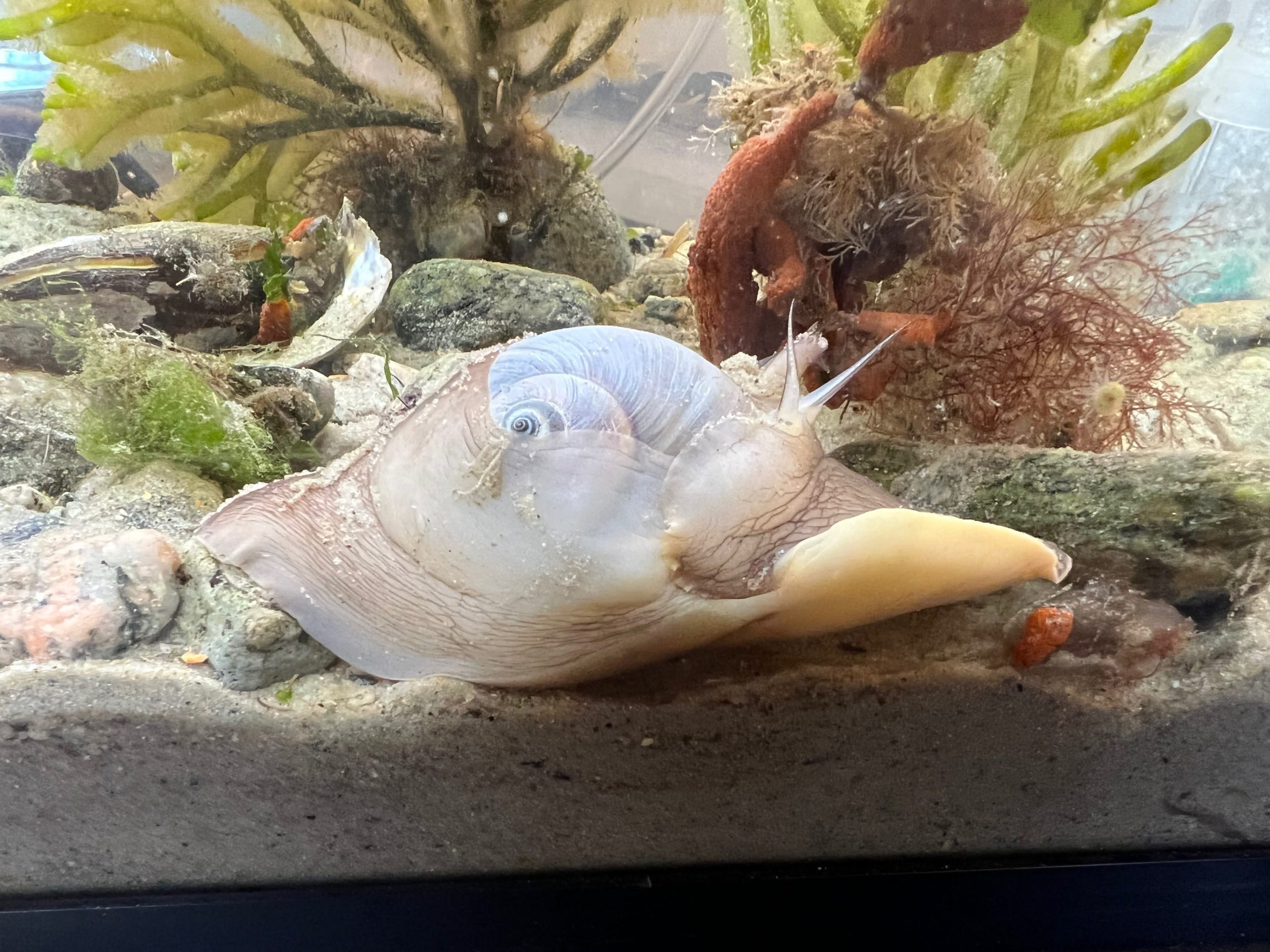Our in-class discussion of critical making with Dr. Marcel O’Gorman was particularly insightful for me. In a way, a lot of the methods that he discussed in reference to the creative process and the development of concepts are similar to approaches that I already use when creating a new project – I just had never thought to put a name to them or define them so concretely.
In a weird train of thought, I found myself thinking about critical making and the creation of video games being very similar to how scientists create and test experiments in the hard sciences. As both a Creative Writing and Biology major, it felt like a pretty natural intersection to me. Something from his discussion that particularly resonated with me was when he described the idea of “problem-finding” rather than “problem-solving”.
I took a September term class at the MBL where our final project was creating a presentation on the biodiversity and genomics of particular types of snails in a marsh ecosystem. As my teammates and I were formulating our working question, I spent several hours just spitballing different questions about the topic, particularly ones that addressed different problem-scenarios that I made in my head.
What would happen if this predator wasn’t here? What would happen if this food source failed to exist? Are there still remnants from an old oil spill in the soil that affects their habitat? A lot of these questions were pretty easily answered, by a quick Google search or inquiry to our professor – but then I asked a question that we couldn’t find an immediate answer to. I found a problem that we couldn’t readily solve. In the end, that problem ended up becoming our research question and we were able to use the information we’d gathered to make scientifically informed inferences in an overall successful experiment.
Without being able to put a name to it at the time, I was technically applying a form of critical design to the creation of my experiment. The scientific method in general seems to be a streamlined demonstration of critical design that we see in our day-to-day lives. Very rarely does an individual experiment provide the definitive solution to a problem: usually that experimental just serves as one counterfactual that couldn’t be addressed in another parallel experiment.
This functions in a similar manner to the genre of speculative fiction, and the concept of critical making in general. The development of a deeply engaging creative project is not based on creating a specific puzzle that has only one set completion state – it’s about choosing one path at a crossroads and exploring the “what ifs” of that certain scenario. You look for new problems to explore rather than just fancily presenting the solution of a resolved one. Critical making through the lens of media creation comes with the added pressure of having to entertain an audience and evoke a specific reaction. It’s not simply enough to present the ideas – you have to present them in a way that is engaging to a reader or player or any other consumer.
This is definitely something that I always come back to whenever I write, or in the process of creating projects for classes like this one. Is this plot too basic? What are the stakes of this specific story? Are they high enough? What do I expect the reaction from the audience to be? It was really refreshing to see someone as informed and esteemed as Dr. O’Gorman lay out that same kind of creative process in a way that was both theoretical but also digestible. As I approach the latter portion of our class and completion of the final project, the concepts of critical making are ones that are ripe in my mind. It’s not exactly the same as formulating my snail experiment, but the similarities are definitely there.

